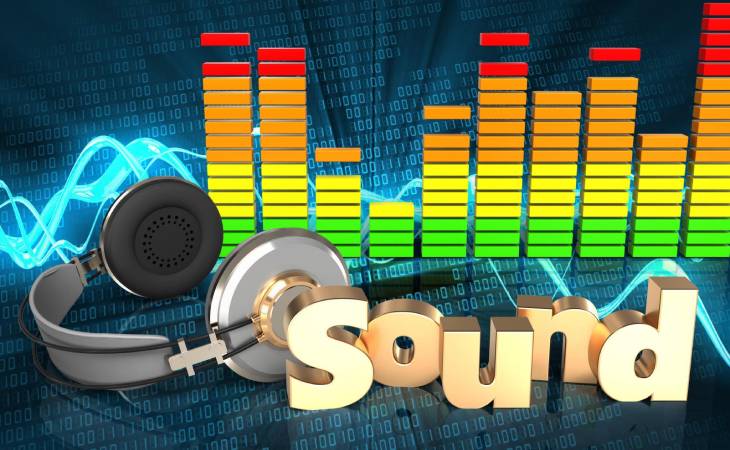Table of Contents
Introduction
The amplification factor, often referred to simply as “gain,” is a measure of an electronic circuit or device’s ability to increase a signal’s amplitude (strength). Furthermore, it measures the extent to which the input signal is magnified by the device, indicating the signal’s amplification.
The gain (A) can be expressed mathematically as:
![]()
Types of Amplification Factor (Gain):
- Voltage Gain: How much an amplifier boosts the voltage of an electrical signal? Think of it like turning up the volume knob on a stereo.
- Current Gain: How an amplifier increases the current flowing through a circuit? Visualize pumping up the water pressure in a pipe.
- Power Gain: The overall increase in signal power, considering both voltage and current. This is the definitive measure of how much stronger the signal has become.
Applications of Amplification Factor (Gain):
The amplification factor, or gain, is a central parameter in electronics and has wide-ranging applications across various fields. Here are some key applications:
- In audio systems, uses of amplifiers extend in increasing the amplitude of audio signals. Such is vital in applications such as home audio systems, public address systems, musical instruments, and professional sound reinforcement.
- In communication systems, amplifiers are employed to boost the strength of signals during transmission.
- Amplification uses extend in medical instruments to enrich weak biological signals for analysis. For example, in electrocardiography (ECG) and electromyography (EMG), amplifiers support in monitoring and diagnosing physiological conditions.
- Amplifiers play a decisive role in wireless communication systems, where signals boost for effective transmission and reception.
- Radar systems utilize amplification to improve the strength of radar signals for detecting and tracking objects.
- In scientific experiments and research, amplification is often required to analyze and measure signals from sensors and detectors.
Limitations of Amplification Factor (Gain):
Champions have their limits, and so do amplifiers. Too much gain can lead to:
- Distortion: The amplified signal gets distorted and loses its original quality. Think of a speaker crunching at high volume.
- Noise: Unwanted electrical or optical interference gets amplified along with the signal, making it tougher to hear the message.
- Feedback: The amplified output signal can feedback into the input, producing a loop that can cause the amplifier to oscillate and malfunction.
Conclusion:
In conclusion, the amplification factor, generally known as gain, is a cornerstone in electronics, finding widespread applications across diverse fields. Its ability to magnify the amplitude of signals is essential to numerous technologies, ranging from audio systems and communication networks to medical instruments and scientific research.
Furthermore, the precise application of gain is pivotal in achieving optimal signal strength, empowering efficient transmission, accurate measurements, and enhanced performance in electronic devices.
Whether in music amplification, telecommunications, or scientific experimentation, the watchful consideration and management of amplification factor contribute significantly to the functionality and accomplishment of countless technological advancements.
As a fundamental parameter in amplifier design, It plays a central role in determining the landscape of modern electronic systems and applications.

